Kayak Camping
how to get the most out of your adventure
By Spencer Bauer
Floating down a river all day, catching fish one after another, soaking in the sights of Belted Kingfishers and Great Blue Herons. This is something I will do everyday in Heaven. In the meantime, I try to do it as much as possible in my short length on earth. Kayak camping trips extend your fishing time and maximize the fun of the experience.
Things to keep in mind
First things first, you need a kayak. Nearly any kayak will do, but it helps to have one with a reasonable weight capacity. This makes sense, but is something that regularly gets overlooked when trying to decide which one to buy. The specific capacity you need depends on how big you are. Big fellas need a big boat. A simple way to look at it is to take your own weight and add 150 pounds. This helps ensure you won't overload your boat with equipment, and still handles well on the water.
What to eat
Mmmm.... Bacon
When packing food for a river float, there are a few things to keep in mind. First, there's no point in getting crazy with the type of food you cook because everything has a tendency to taste better when you are out in nature. The other is that space is limited and overpacking food can lead to waste and reduced boat control due to an overloaded kayak.
Snacks are a good idea. Trail mix, nuts, chips, and granola bars make excellent food while floating. Of course fish should be on the menu (please practice selective harvest). Make sure you have all the ingredients to cook it. Oil, breading, and your favorite spices will get the job done. Potatoes go well with nearly everything. I like to cut mine up before I leave and wrap them in tin foil along with some mushrooms, onions, pepper, and plenty of butter.
For breakfast, eggs and bacon are great. Bacon packs easily, but eggs can be tricky. I recommend cracking them into a tuperware container. This way you do not have to worry about leaky egg cartons in your cooler. Add some pre-cut potatoes to the mix and you will feel like you are eating like a king in the middle of nowhere.
Shore lunch is a great way to have lunch and dinner. What if the fish aren't biting? Well, if you are catfishing, those bluegills you are using will do in a pinch (you will have to weigh your options here). With that being said, it is still important to have a back up.
Hotdogs are good. I bring tortillas instead of bread. They pack smaller and still taste great. If you want to really do it up, grab a couple ribeyes and when the fire burns down, toss them right on the coals. If you ask me, that is what gourmet is all about. Beyond that, use your imagination and go with what works best for you.
Fishing gear, clothes, and a few tips
A fully loaded kayak. It even has room to sit in.
Fishing gear. This is where it is easy to go crazy, so please maintain some constraint. All my fishing gear fits into a single Plano 3540 Waterproof Stowaway. Small stream fish of all species are typically aggressive during the summer. If is usually more important to cover water to find active fish than to beat them over the head with every lure you own. On a small stream float trip, covering water is not difficult.
Next you need camping gear. Keep it as simple as possible. Start with the things you need, and if you have extra room, start adding some things you want. A tent, sleeping bag, compact pillow like the Therm-a-Rest Compressible Pillow, compact sleeping pad, and cooking gear. If you do not have a compact pillow, clothes stuffed in a sack will work to rest your head on. For cooking gear, a campfire grill, a skillet, basic cutlery, and plates. These items are reasonably compact and will allow you the creative freedom to cook nearly any campfire meal you could imagine.
Clothing is something that often gets overlooked. Dress for the season and potential weather. In the Midwest it can get awfully cool, even during the summer. 50 degrees sounds bearable, but if it is at night without the sun shining, it can be downright chilly. I always bring one more layer than I think I'll need. Synthetic materials like the Under Armour Base Layer are warm and pack small. A towel is a good idea too. Never forget your rain jacket at home. If you fish enough, you will someday regret it. Most importantly, bring a life jacket. Conveniently it takes up no room when you are wearing it.
If you find yourself packing too much, it helps to distribute the supplies among your paddling buddies. One guy has the food, another the drinks, and another has the tent and sleeping bags. Pack everything that needs to stay dry in dry bags or a waterproof box. This protects them from the splashing of water, as well as rain and condensation at night. Also, make sure everything sitting on top of the kayak is strapped down. If you take a spill, you will thank me. There is a fine line to walk when packing a small boat. Experience will tell you what you should bring and what can stay home better than anything you read on the internet.
Tent, camping gear, and food ready to go.
The most important part is to just do it. Grab a buddy or two, find a stream or river to float, get out there and make some memories. The scenary alone is often worth the price of admission. Factor in eager fish and you have the makings of an experience you will talk about for years to come.









